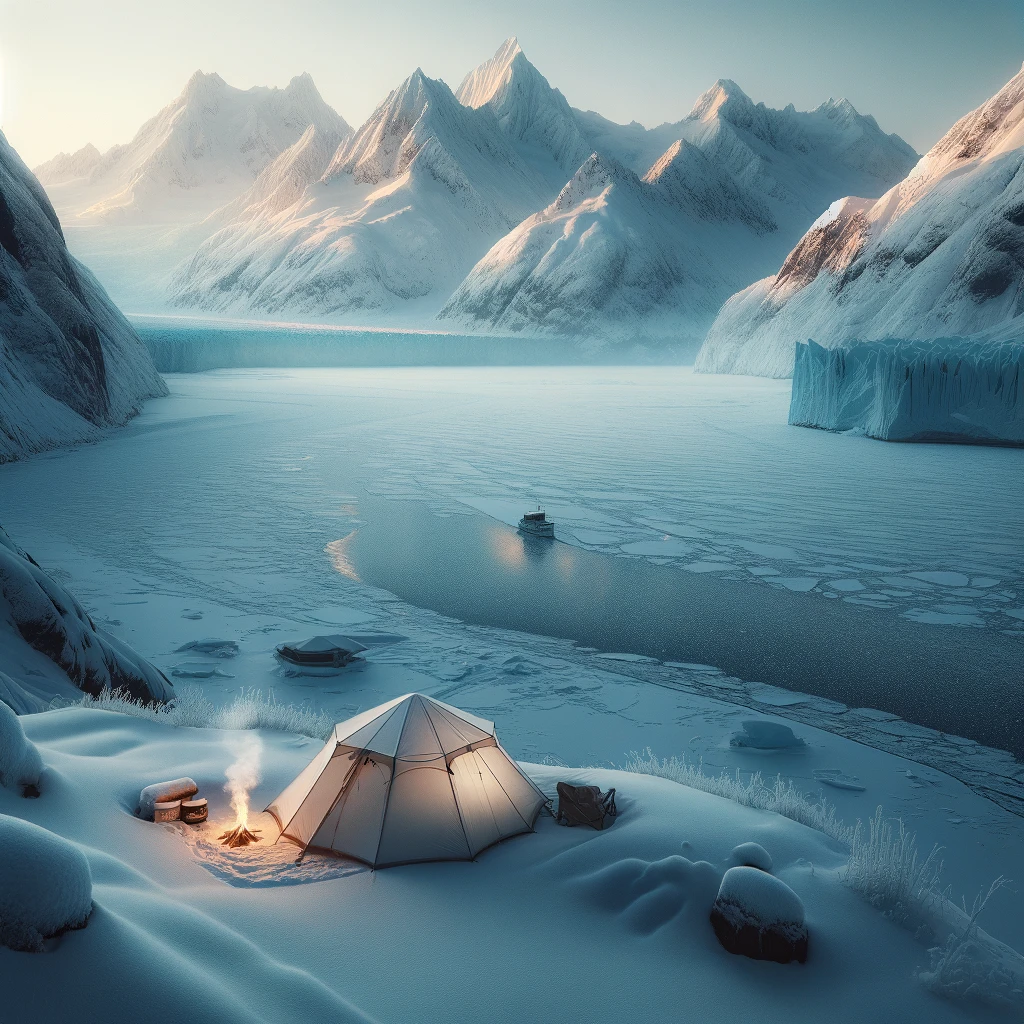Winter camping offers a unique and breathtaking experience, but it also presents significant challenges when it comes to keeping your gear dry. Moisture management is crucial for your comfort, safety, and equipment longevity. This guide explores practical strategies to keep your gear dry in the harshest winter conditions, ensuring your outdoor adventures remain enjoyable and safe.
Understanding Winter Moisture Sources
In winter camping, moisture comes from various sources, each requiring specific strategies to manage. Snow can sneakily infiltrate your gear, melting and refreezing in unexpected places. Condensation forms easily in cold environments, especially inside tents and sleeping bags. Your own body heat and sweat can also contribute significantly to moisture buildup, making proper ventilation and layering crucial.
Waterproofing Essentials
Backpack Protection
Your backpack is your lifeline in the wilderness, and keeping its contents dry is paramount. While waterproof pack covers offer some protection, they have limitations, especially in heavy snow or when setting your pack down. For foolproof protection, use a pack liner – a large, durable plastic bag that lines the inside of your backpack. Organize smaller items within waterproof stuff sacks for added protection and easy access.
Sleeping System Safeguards
A dry sleeping system is crucial for comfort and safety in winter camping. Choose a sleeping bag rated for winter conditions, and consider using a vapor barrier liner (VBL) to prevent moisture from your body from entering the insulation. Protect your sleeping pad from ground moisture with a small tarp or ground cloth.
Advanced Winter Gear Management
Clothing Strategies
Proper layering is key to moisture control in winter camping. Start with a moisture-wicking base layer, add insulating mid-layers, and top with a waterproof and breathable outer shell. Always carry spare dry layers, especially socks and gloves. A clever trick for drying damp clothes is to place them between your base and mid-layers while hiking, using your body heat to evaporate moisture.
Footwear Solutions
Waterproof boots are popular for winter camping but can trap moisture inside. Consider using breathable boots with waterproof gaiters for versatility. Vapor barrier socks can keep your feet dry and warm in extreme conditions.
Shelter Tactics for Winter Conditions
Choosing the right shelter and correctly setting it up is crucial for staying dry. Look for tents with robust waterproofing and good ventilation to minimize condensation. Learn how to pitch your tent to prevent snow accumulation and create a vestibule snow wall for added protection.
For more advanced shelter options, consider learning about tarp and bivy configurations. These lightweight alternatives can provide excellent protection when used correctly.
Electronics and Sensitive Equipment
Cold weather can quickly drain batteries, so keep electronics close to your body for warmth. Use waterproof cases or dry bags for added protection. Hand warmers placed near devices can help prevent battery drain in extreme cold.
Campsite Selection for Winter Dryness
Choose your campsite wisely to minimize exposure to moisture. Look for wind-protected areas and natural shelters to provide additional protection from the elements. Always be aware of potential avalanche zones and avoid camping in these areas.
Nighttime Moisture Management
Condensation inside your tent can be a significant issue. Ensure proper ventilation by leaving vents open and avoiding cooking inside your tent. Use a small towel to wipe down condensation in the morning before it can drip onto your gear.
Emergency Dry Gear Techniques
In an emergency, knowing how to improvise can be lifesaving. Learn techniques for creating emergency waterproofing from natural materials and how to safely dry gear near a campfire.
Post-Trip Care and Maintenance
Proper care of your gear after your trip is crucial for its longevity. Thoroughly dry all equipment before storage and maintain waterproof coatings as recommended by the manufacturers.
Innovative Winter Camping Technologies
Stay informed about new waterproofing materials and smart fabrics that enhance your gear’s performance in wet conditions. These innovations can offer significant advantages in moisture management.
Conclusion
Mastering the art of keeping your gear dry in winter is essential for enjoyable and safe camping experiences. You can stay comfortable even in the harshest conditions by understanding moisture sources, implementing effective strategies, and choosing the right gear.
Winter camping requires additional skills beyond gear management. For tips on safely navigating snowy terrain while winter camping and hiking, check out our comprehensive guide.

Leave a Reply